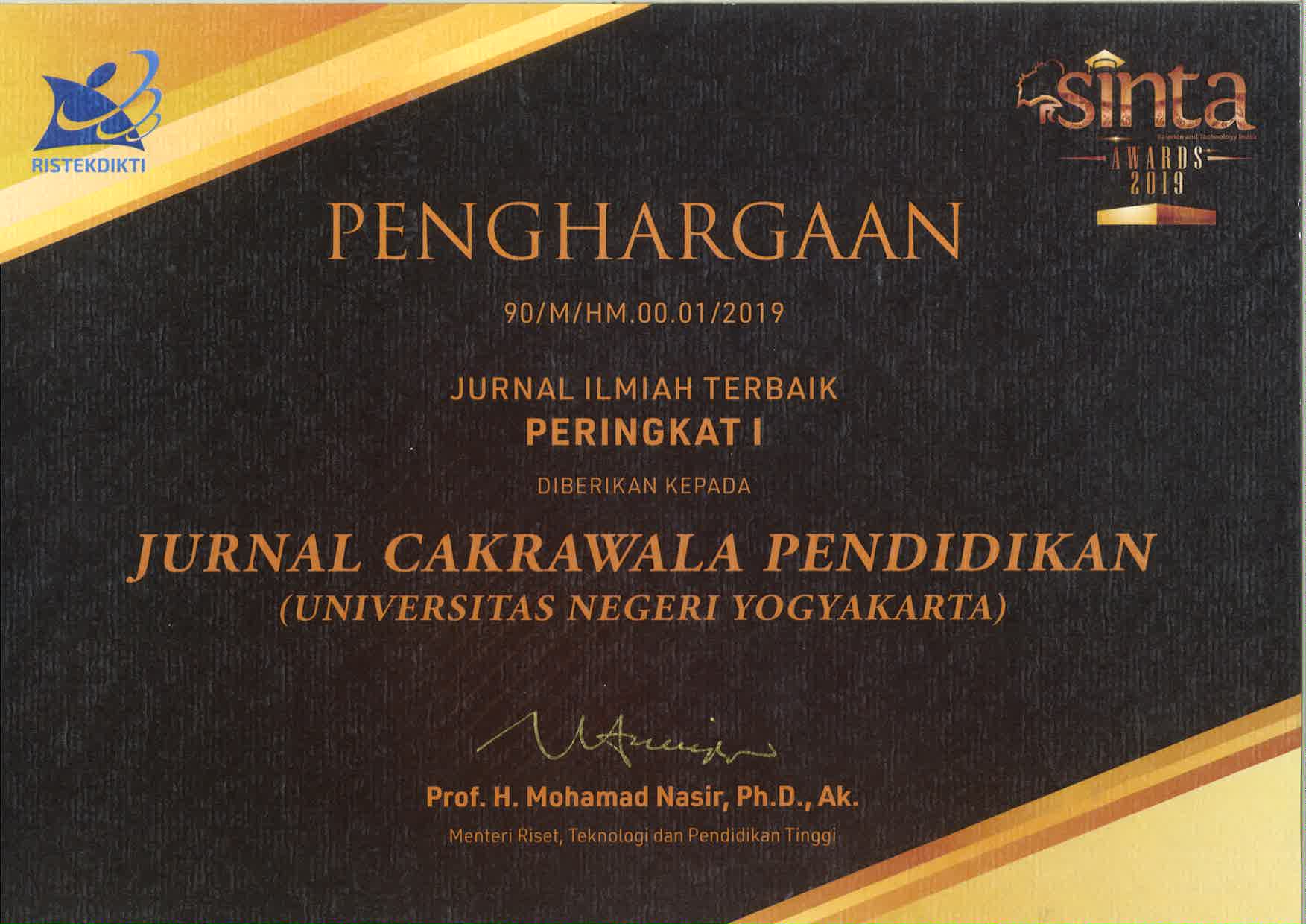Game-based rhythmic gymnastics exercise models to develop gross motor skills for primary school students
Downloads
Downloads
Agopyan, A. (2014). Analysis of Body Movement Difficulties of Individual Elite Rhythmic Gymnasts at London 2012 Olympic Games Finals. Journal of Scientific Research, 19(12), 1554-1565.
ívila-Carvalho, L., Klentroub, P., Palomero, M. L., & Lebre, E. (2012). Analysis of the Technical Content of Elite Rhythmic Gymnastics Group Routines. The Open Sports Science Journal, 5, 146-153
Bobo-Arce, M., and Méndez-Rial, B. (2013). Determinants of competitive performance in rhythmic gymnastics. Journal of Human Sport and Exercise, 8(3), 711-727.
Batista, A., Garganta, R., ívila-Carvalho, L. (2019). Body difficulties in rhythmic gymnastics. Science of Gymnastics Journal, 11,(1), 37-55.
Breitkreutz, T., & Hí¶kelmann, A. (2014). Characterisation of the current level of performance in individual competitions in Rhythmic Gymnastics. In D. M. Peters & P. O'Donoghue (Eds.), Performance Analysis of Sport IX (1st ed., pp. 222-231). Routledge.
Cox, G. R., Bailey, E., Jorm, A. F., Reavley, N. J., Templer, K., Parker, A., ... Robinson, J. (2016). Development of suicide postvention guidelines for secondary schools: a Delphi study. BMC Public Health, 16(180). doi: https://doi.org/10.1186/s12889-016-2822-6
Chiat, L. F., & Ying, L. F. (2012). Importance of Music Learning and Musicality in Rhythmic Gymnastics. Procedia-Social and Behavioral Sciences, 46, 3202–3208. https://doi.org/10.1016/J.SBSPRO.2012.06.037
Debien, P., Miloski, B., Timoteo, T., Ferezin, C., and Bara Filho, M. (2019). Weekly profile of training load and recovery in elite rhythmic gymnasts. Science of Gymnastics Journal, 11(1), 23–35.
Fédération Internationale de Gymnastique. (2013). 2013-2016 Code of Points: Rhythmic Gymnastics. FIG Executive Committee.
Fédération Internationale de Gymnastique. (2017). 2017-2020 code of points rhythmic gymnastics. FIG Executive Committee.
Ferrari, R. (2015). Writing narrative style literature reviews. Medical Writing, 24(4), 230-235.
Fraenkel, J., Wallen, N., & Hyun, H. (2012). How to design and evaluate research in education 8th edition. McGraw-Hill
Gantcheva, G., Videv, E., Grigorov, B. (2018). Research of the rhythmical abilities of rhythmic gymnasts. Journal of Applied Sports Sciences, 1, 45-52.
Gréhaigne, J.F., & Godbout, P. (2014). Dynamic Systems Theory and Team Sport Coaching. Quest, 66(1), 96-116.
Ilham, Tomoliyus. (2021). Construction of validity and reliability of an observational instrument to assess the technical execution in lead climbing. International Journal of Human Movement and Sports Sciences, 9(3), 403-411. doi: http://dx.doi.org/10.13189/saj.2021.090303
Nazari, S., & Boon Hooi, L. (2019). Effects of a 12-week core training program on physical characteristics of rhythmic gymnastics: A study in Kuala Lumpur-Malaysia. Malaysian Journal of Movement, Health, and Exercise, 8, 157–174.
Piazza, M., Battaglia, C., Fiorilli, G., Innocenti, G., Iuliano, E., Aquino, G, Calcagno, G., Giombini, A., Di Cagno, A. (2014). Effects of resistance training on jumping performance in pre-adolescent rhythmic gymnasts: a randomized controlled study. Italian Journal of Anatomy and Embryology, 119(1), 10-19.
Qowiyyuridho, G., Tomoliyus, Fauzi. (2021). Validity and Reliability of Agility Test with Dribbling and Passing in Soccer Games. International Journal of Human Movement and Sports Sciences, 9(2), 301-307, doi: http://dx.doi.org/10.13189/saj.2021.090218
Rodríguez, M., & Gómez-Landero, L. A. (2017). Variables de rendimiento y penalizaciones técnicas del salto zancada. Revista Internacional De Medicina Y Ciencias De La Actividad Física Y Del Deporte, 18(72), 605–619. doi: https://doi.org/10.15366/rimcafd2018.72.001
Reynolds, C. R., Livingston, R. B., & Wilson, V. (2010). Measurement and assessment in education. Pearson Education
RutkauskaitÄ—, R., Skarbalius, A. (2012). Models and interaction of intensive training and sport performance of 14-15 years old athletes in Rhythmic Gymnastics. Sportas, 4(87), 57–64.
Sukmawati, N., Dlis, F., & Pelana, R., (2019). Kindergarten Teachers' Perception on Basic Movement Skills Understanding Through Rhythmic Gymnastics Movement [Paper presentation]. First South Borneo International Conference on Sport Science and Education (SBICSSE 2019), Borneo, Indonesia.
Tincea, R. (2020). Analysis of Static Balances in Rhythmic Gymnastics in Children Aged Between 6 to 8 Years. Series IX Sciences of Human Kinetics, 13(62)(2), 93-100 doi: http://dx.doi.org/10.31926/but.shk.2020.13.62.2.11
Vernetta, M., Montosa, I., Beas-Jiménez, J., and López-Bedoya, J. (2017). Batería funcional ARISTO en Gimnasia Rítmica: protocolo de test específicos para la evaluación de jóvenes gimnastas en un ámbito de entrenamiento saludable. Revista Andaluza de Medicina del Deporte, 10(3),112–119.
Yudhistira D., Siswantoyo, Tomoliyus, Sumaryanti, Tirtawirya, D., Paryadi, Virama, L. A., Naviri, S., Noralisa. (2021). Development of Agility Test Construction: Validity and Reliability of Karate Agility Test Construction in Kata Category. International Journal of Human Movement and Sports Sciences, 9(4), 697-703. doi: http://dx.doi.org/10.13189/saj.2021.090413
Yudhistira, D., Tomoliyus. (2020). Content validity of agility test in karate kumite category. International Journal of Human Movement and Sports Sciences, 8(5), 211-216 doi: http://dx.doi.org/10.13189/saj.2020.080508
Jurnal Cakrawala Pendidikan, Jurnal Ilmiah Pendidikan, with ISSN: 0216-1370, is published by the Institute of Education Development and Quality Assurance (LPPMP UNY). Cakrawala Pendidikan has been recently has been re-accredited by Indonesian Ministry of Education and Culture decision Number 230/E/KPT/2022 which is valid for five years since enacted on 30 December 2022.




























